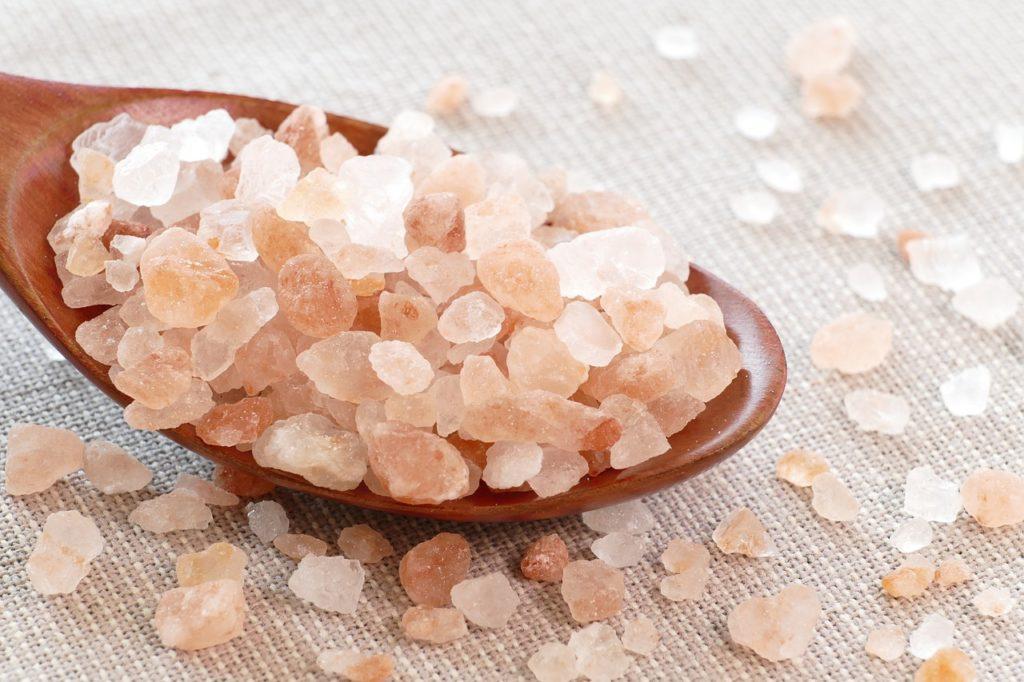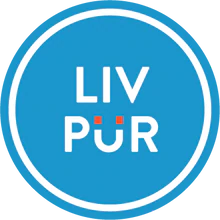Pink Himalayan salt is now widely available.
It can be found not only in grocery and specialized food stores, but its lovely hue has also made it a mainstay in household items such as table lamps.
Himalayan salt is mined along the Himalayan foothills in Pakistan’s Punjab province.
The salt was accumulated in a prehistoric lagoon hundreds of millions of years ago, giving rise to the mineral.
The Himalayan salt market was rather tiny until recently.
Exports of salt have increased to 400,000 tons per year as a result of its popularity.
Over the years, many health claims have been made about Himalayan salt.
Some people believe that salt lamps help to purify the air.
It is said to be able to cleanse the body of heavy minerals.
Some even claim that it can boost libido.
What do scientists think about these assertions?
Are there any health benefits to Himalayan salt?
Is it possible that this mineral will do more harm than good?
Information on nutrition
Himalayan salt is devoid of the following minerals as a mineral:
- Calories
- Carbohydrates
- Fat
- Fiber
- Protein
- Sugar
It can, however, provide a significant amount of sodium to your diet because it is practically pure sodium.
The pink colour of Himalayan salt is due to the presence of traces of other minerals.
The following are the most common trace minerals:
- Calcium
- Magnesium
- Potassium
Himalayan Salt’s Potential Health Benefits
The right amount of salt in your diet is essential for optimal health.
All salts, including Himalayan salt, can aid in maintaining a healthy sodium balance.
However, when compared to other dietary salts, research has not shown that Himalayan salt offers any distinct health benefits.
The mineral impurities that give it a pink tint are far too low in concentration to be nutritionally useful.
To get enough amounts of the other minerals, you’d have to consume a fatal amount of salt.
The following are some of the specific health benefits connected with sodium:
Hyponatremia Prevention
Low sodium levels in the blood are referred to as hyponatremia.
To avoid this dangerous and painful illness, it is critical to consume enough salt through a healthy diet.
Himalayan salt is no better or worse than other sodium sources in the diet for preventing hyponatremia.
Keeping Nutrient Levels in Check
The ability of the small intestine to absorb chloride, amino acids, glucose, and water is dependent on sodium.
Sodium also aids in the digestion of food, allowing nutrients to be absorbed.
Himalayan Salt’s Potential Hazards
Himalayan salt carries the same hazards as any other type of dietary sodium: excessive sodium consumption can cause serious health concerns, as well as exacerbate some health conditions.
Hypernatremia is a condition in which the body’s sodium levels (Sodium Poisoning)
The reverse of hyponatremia, hypernatremia occurs when sodium levels in the blood are abnormally high.
Hypernatremia is a serious illness that poses a number of health hazards, the most serious of which is severe dehydration.
The body attempts to rectify a sodium build-up in the blood by moving water out of cells and into the bloodstream.
This imbalance can have a variety of consequences, including life-threatening brain pressure.
Complications of Osteoporosis
The more sodium you eat, the more calcium your body excretes through urination.
As a result, to avoid difficulties, persons with osteoporosis should eat a low-sodium diet.
We're an affiliate. We hope you love the products we recommend! Just so you know, we may collect a share of sales or other compensation from the links on this page with no additional cost to you. Thank you if you use our links, we really appreciate it! Read more













